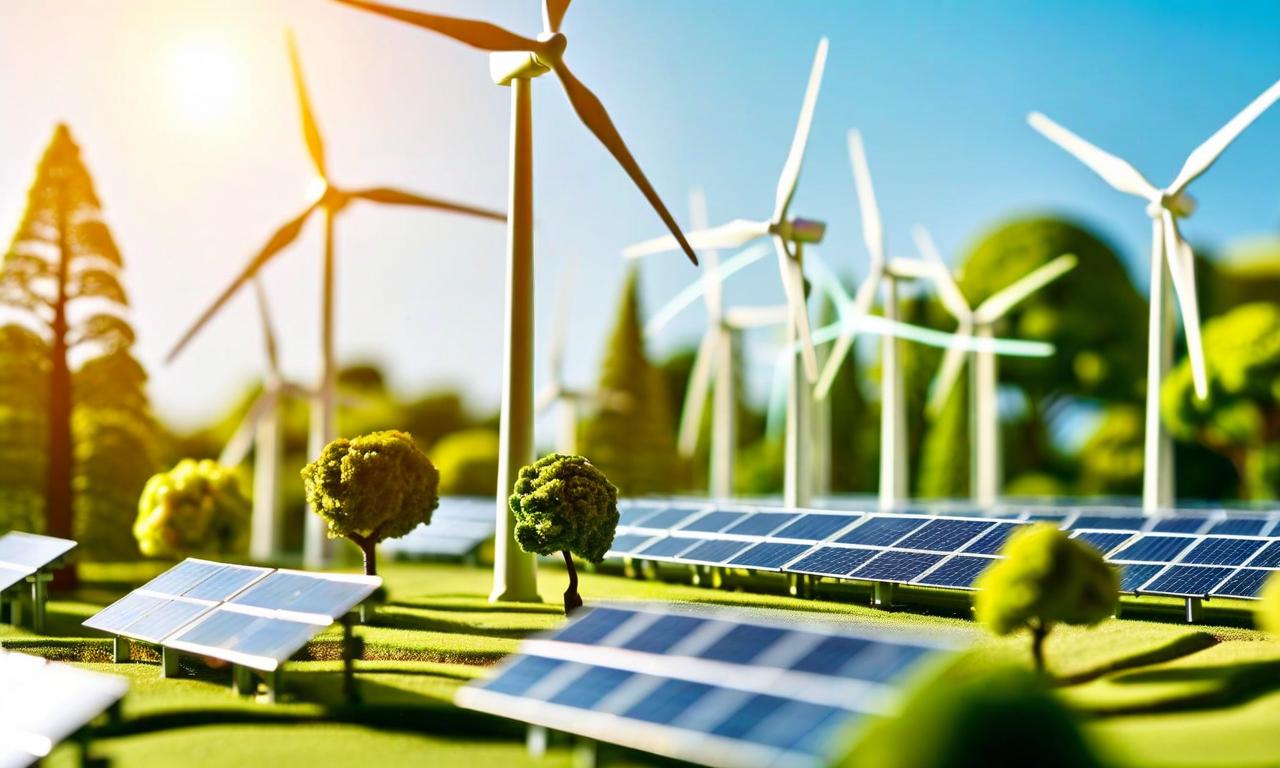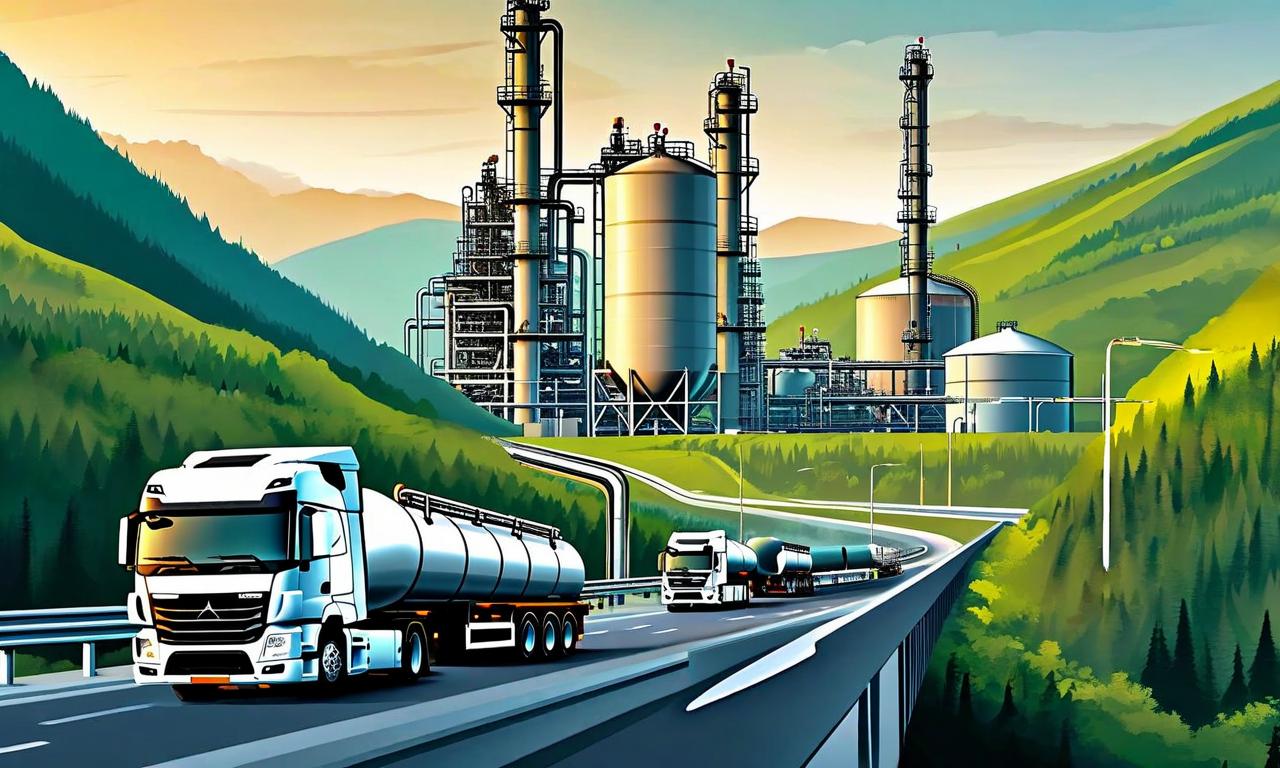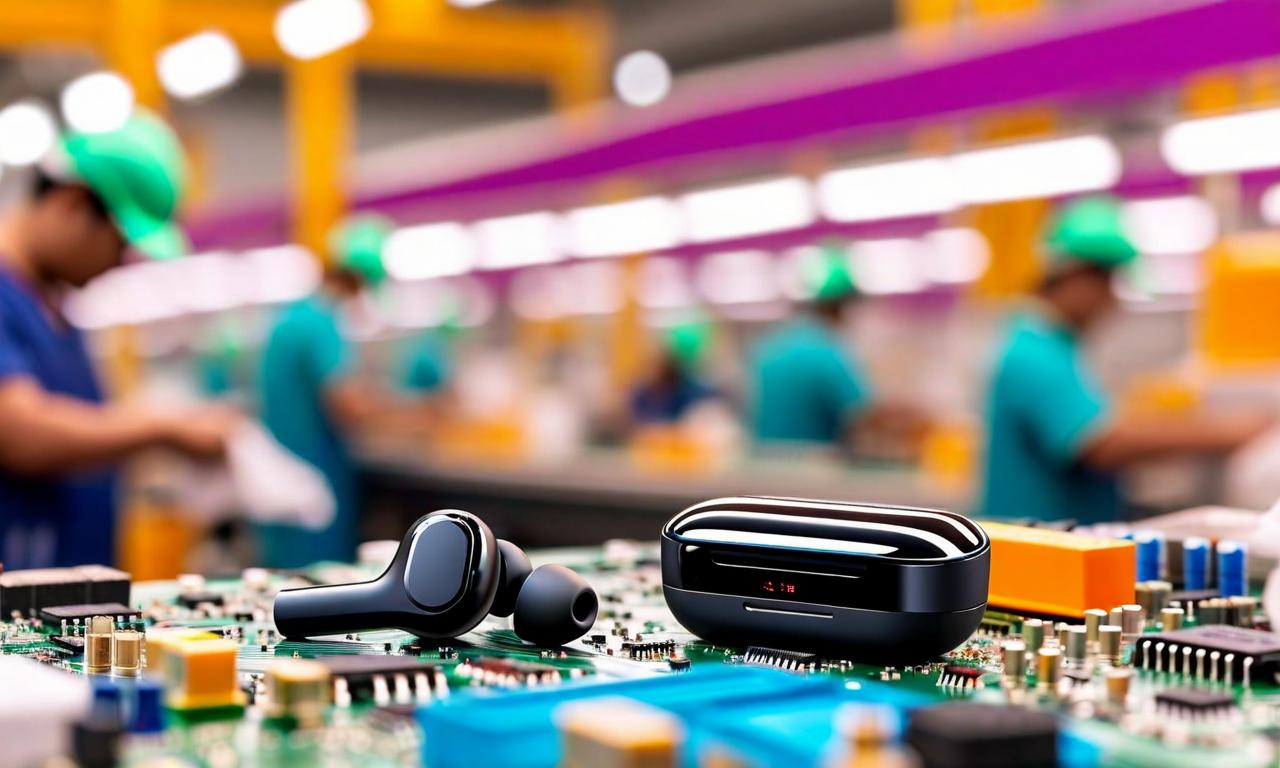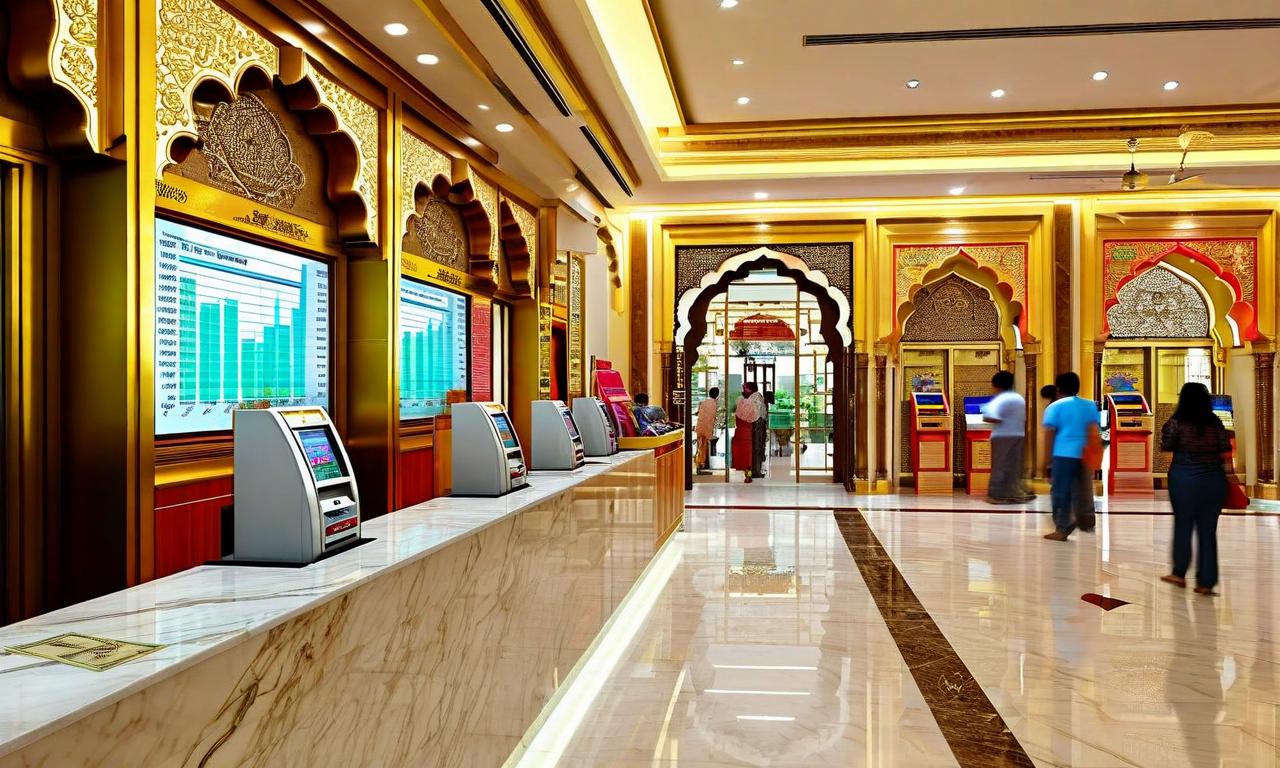Ferrous Metal Companies Shine in Q1, Non-Ferrous Players Face Headwinds
The metal sector experienced varied performance in Q2. Steel producers reported strong profits with an aggregate EBITDA of Rs21,000 crore, benefiting from higher domestic prices and lower coking coal costs. Government imposed a 12% safeguard duty on select flat steel products, reducing finished steel imports by 29% YoY. Non-ferrous segment faced challenges with a 15.2% sequential EBITDA decline to Rs20,900 crore due to falling LME aluminum and alumina prices. Steel companies increased prices for August, but demand is expected to weaken due to monsoon-related disruptions.
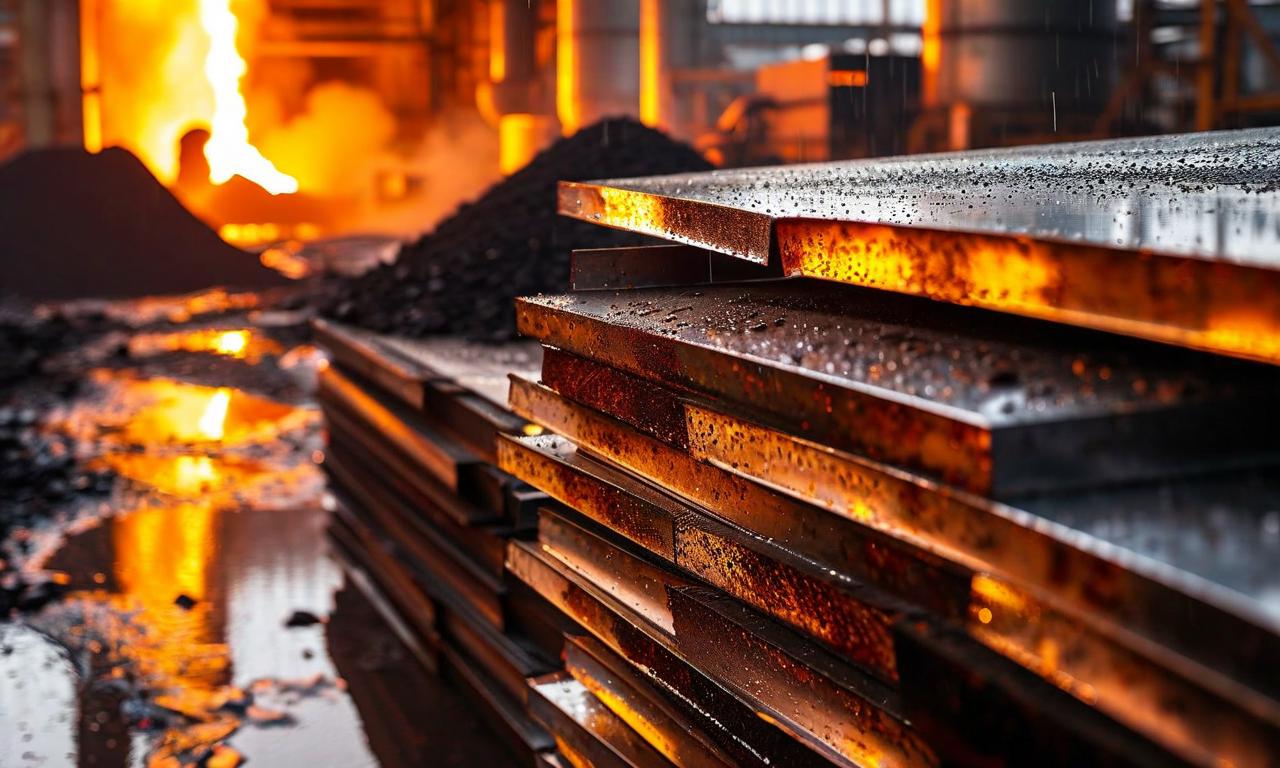
*this image is generated using AI for illustrative purposes only.
The metal sector witnessed a mixed performance in the June quarter, with ferrous and non-ferrous segments experiencing contrasting fortunes. While steel producers celebrated robust profit growth, their non-ferrous counterparts grappled with margin pressures due to declining commodity prices.
Ferrous Sector Surges Ahead
Steel companies emerged as the quarter's standout performers, surpassing market expectations with an impressive aggregate EBITDA of Rs21,000.00 crore. This success can be attributed to two key factors:
- Higher domestic prices
- Reduced coking coal costs
The steel industry benefited from a favorable cost environment, with imported coking coal prices dropping by $10.00-15.00 per tonne. This decline in raw material costs significantly boosted the operating margins of steelmakers.
Among the major players, Tata Steel and JSW Steel reported strong earnings. However, SAIL (Steel Authority of India Limited) underperformed due to inventory drawdowns.
Government Intervention Bolsters Domestic Steel Industry
In a move to protect the domestic steel industry, the government imposed a 12% safeguard duty on select flat steel products in April. This policy intervention yielded immediate results, leading to a substantial 29% year-on-year decrease in finished steel imports, which fell to 1.40 million metric tonnes.
Non-Ferrous Segment Faces Challenges
While their ferrous counterparts celebrated, non-ferrous metal companies faced a challenging quarter. The segment experienced a sequential EBITDA decline of 15.2%, bringing it down to Rs20,900.00 crore. This downturn was primarily due to:
- A 3% year-on-year and 7% sequential decline in average LME aluminum prices, which fell to $2,444.00 per tonne
- A drop in alumina prices to $359.00 per tonne
Steel Price Adjustments and Future Outlook
Despite the overall positive performance, the steel industry is bracing for potential headwinds in the coming quarter. Domestic majors have proactively increased prices for August:
- Hot-rolled coil prices up by Rs1,000.00-2,000.00 per tonne
- Cold-rolled coil prices also increased by Rs1,000.00-2,000.00 per tonne
However, steel demand is expected to weaken in the current quarter due to monsoon-related disruptions, which could impact the sector's performance.
Sector Performance at a Glance
| Segment | EBITDA | Key Factors |
|---|---|---|
| Ferrous (Steel) | Rs21,000.00 crore | Higher domestic prices, lower coking coal costs |
| Non-Ferrous | Rs20,900.00 crore (15.2% sequential decline) | Falling LME aluminum and alumina prices |
The metal sector's divergent performance in the June quarter underscores the importance of raw material costs and product pricing in determining profitability. As the industry moves forward, it will be crucial to monitor how these factors evolve and impact the sector's overall health.


